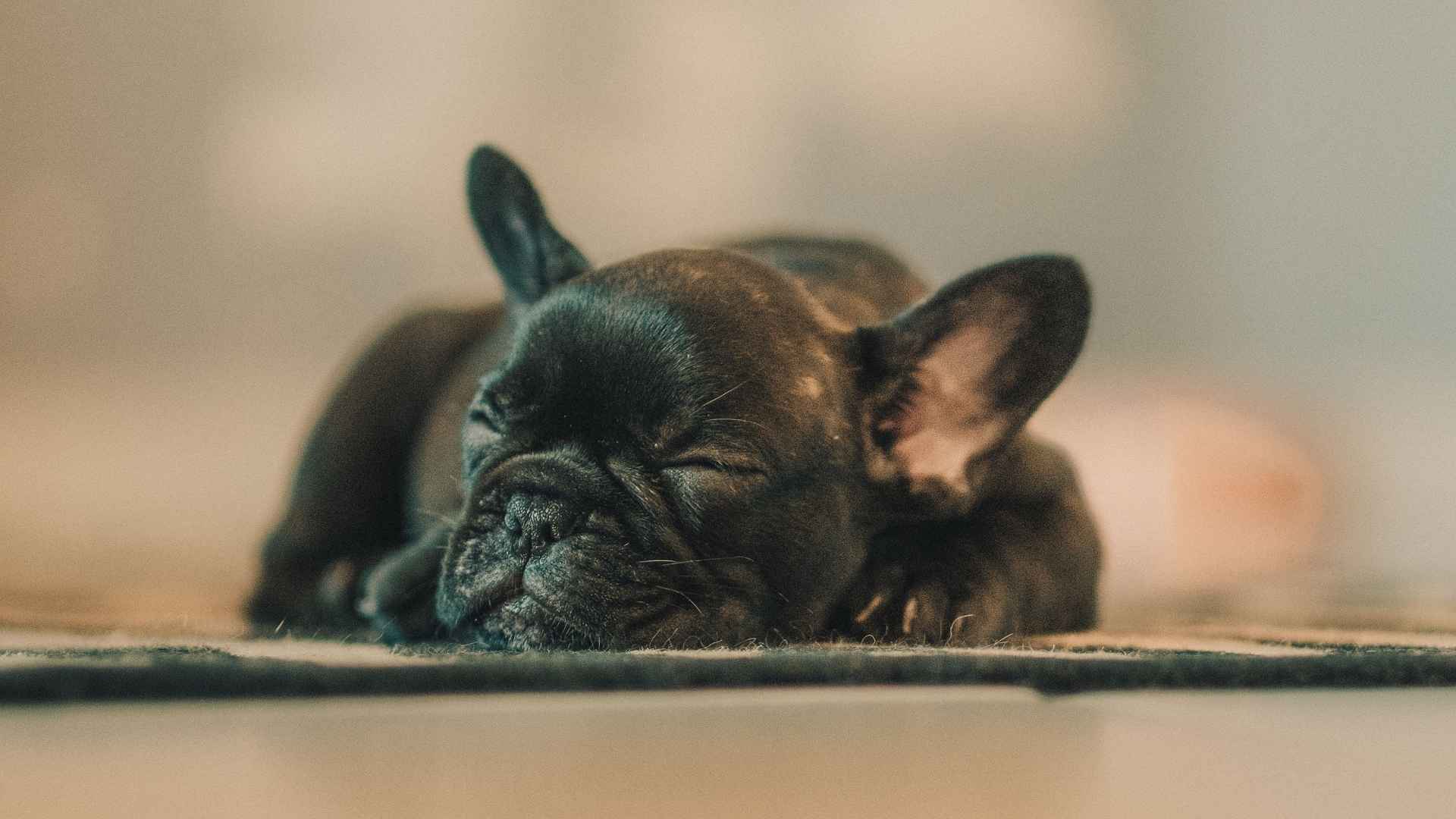Your dog settles into the same spot every single day. It’s that place by the couch or at the foot of your bed. Here’s the thing: it’s more than habit—it’s instinct. A full 45% of U.S. dogs sleep in their owners’ beds, according to the American Kennel Club (AKC). That high percentage points to a basic truth: once a dog finds a consistent, safe corner, they’ll return to it, night after night.
Dogs crave predictable rhythms: a favorite nook, a familiar scent, and reliable surroundings. Settling into the same spot isn’t just about sleep—it’s about security. They drift in and out of light sleep throughout the day, so a known spot helps them nod off more easily.
They’re not just creatures of habit—they’re creatures of attachment. That chosen corner often reflects where they feel tied to their humans, even if it’s not directly beside you. They sense your scent, your energy, and they stake out that spot as their own little “home base.”
Dog Breeds that Sleep in the Same Spot Daily
Here are the most common breeds:
1. Saint Bernard
Saint Bernards don’t just nap—they hibernate in shifts. With a body that can weigh up to 180 pounds and a temperament as laid-back as a hammock, it’s no surprise these dogs seek out their favorite sleeping spot early and often.
Once they pick a place, they tend to stick with it, settling in like it’s their second skin. That combination of loyalty and stillness means you’ll usually find them in the same cozy corner, sawing logs for hours.
Their energy is spent in short bursts—when they’re not saving mountaineers or greeting guests like furry doormen, they’re sprawled out, preferably somewhere cool and quiet.
Originally bred as rescue dogs in the Swiss Alps, their work ethic lives on, even if now it mostly applies to watching over the living room from their self-designated throne.
Naturally drawn to routine, especially when it comes to choosing a nap spot.
Sleeps up to 18 hours a day, conserving energy between moments of effort.
Possesses a keen sense of smell, used historically to locate avalanche victims.
Once called “hospice dogs” due to their work with monks at the Great Saint Bernard Hospice.
Known drool machines, thanks to their big jowls and heavy panting.
Cold-weather champions, protected by dense, water-resistant coats.
2. French Bulldog
When it comes to consistent sleeping spots, French Bulldogs don’t mess around. Low energy levels and a naturally compact build make them champions of stillness. These little dogs find a comfy nook—usually a soft couch corner or a sunny rug—and turn it into their personal kingdom.
Because their flat faces can make breathing a bit harder, especially in heat or after exertion, they tend to conserve energy and snooze often, cycling back to their favorite cozy zone again and again.
Despite needing only modest exercise, Frenchies are far from boring. They’ve got a quirky, animated side that shows up in short bursts of playful zoomies or the way they tilt their heads at every weird noise.
But once the excitement fades, it’s back to lounging. They fit especially well in apartment setups where they don’t have to roam far. Think of them as expert nappers with a talent for companionship.
Distinct bat-like ears are a signature physical trait.
Makes endearing sounds like snorts and grunts, more than typical barking.
Compact yet muscular—small size means they don’t need much room to relax.
Emotionally tuned in—sensitive to criticism, responds best to praise.
A celebrity favorite, frequently seen in pop culture and media.
3. Basset Hound
Basset Hounds are the definition of slow and steady—built more for rest than hustle. With their short legs and hefty bones, even a casual stroll feels like a workout. So it’s no surprise they tend to sleep in the same spot day after day.
They find a cozy patch—often close to their favorite human or in a quiet nook—and settle in for long naps to balance out the bursts of movement they muster on or scent trails. And when they wake, it’s rarely with a sense of urgency.
Though they were bred for endurance tracking, Bassets today prefer lounging around the house over chasing prey. What they love more than anything is being near their companions. They’re not clingy, but loyal, and happiest when their people are in sight.
Exceptionally strong sense of smell, second only to the Bloodhound.
Long, droopy ears and wrinkled skin help gather and direct scents.
Short stature comes from achondroplasia, aiding ground-level tracking.
Known for their deep, baying bark, especially when following a trail.
Historically bred to hunt rabbits and hares using scent and stamina.
4. English Bulldog
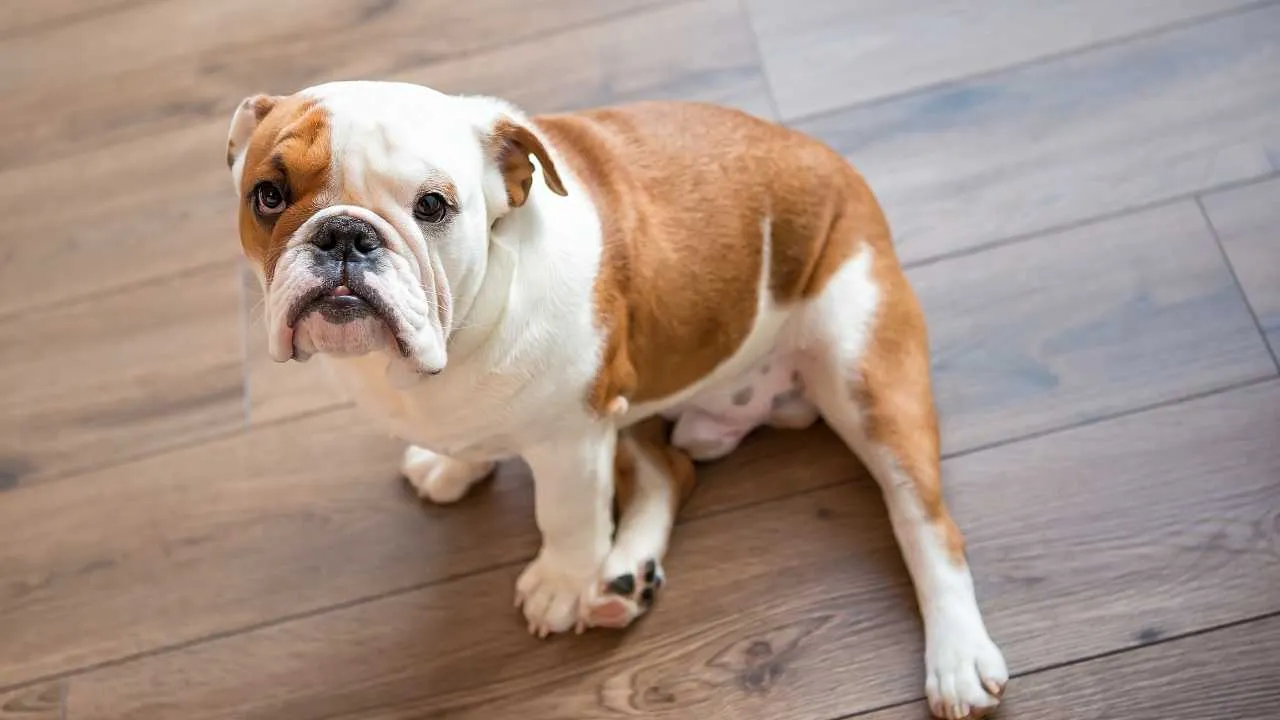
English Bulldogs are masters of the slow life. Their bulky build and short snout make anything more than a short stroll feel like a workout, so they spend most of their day sleeping, especially in warmer weather.
Whether it’s the floor by the couch or a dog bed by the window, they tend to pick one reliable spot to curl up in and stick with it. Once settled, they’re down for the count, often snoring away mid-dream.
Their laid-back nature makes them ideal for indoors. Bulldogs don’t need much space to thrive, and their calm demeanor suits everything from apartments to quiet suburban homes.
For those looking to adopt a dog that doesn’t need constant activity, Bulldogs are a solid choice. They’re loyal, mellow, and generally great with families, especially when raised around kids or other pets.
Compact yet powerful, with a muscular build and broad chest.
Distinctive underbite from an undershot jaw.
Small, folded rose-shaped ears that sit close to the head.
Prone to overheating, so they’re happiest in cooler, shaded areas.
A good choice for first-time dog owners seeking a loyal, low-maintenance pet.
5. Great Dane
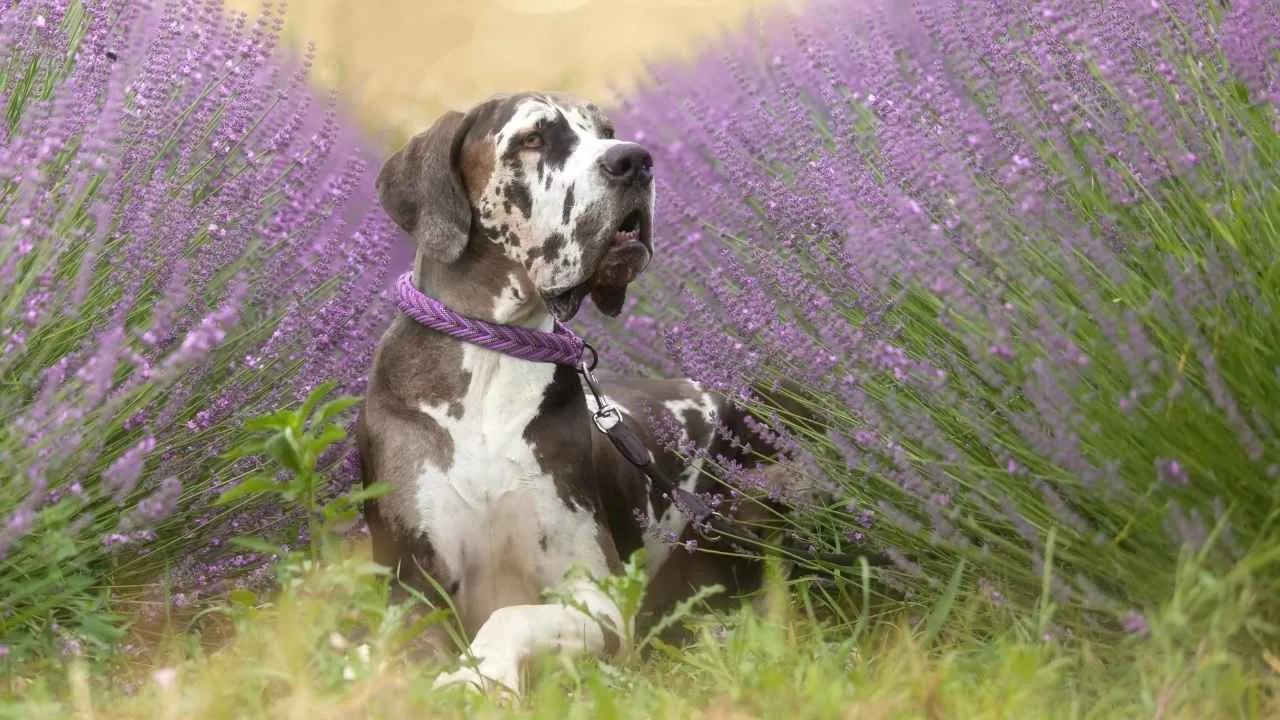
Being a big dog comes with big energy demands. Great Danes burn a surprising number of calories just by moving their enormous bodies around, so they don’t.
Instead, they prefer to rest, relax, and nap through most of the day. They’re composed and rarely act overly alert or anxious, which helps them stay mellow throughout the day.

Great Danes are famously gentle and sweet-natured. They’re playful when they want to be, but their playtime tends to be short bursts. According to PDSA, if your Great Dane acts like a goofy puppy well into adulthood, they have matured slowly mentally, even as their bodies grow at lightning speed.
Originally bred in Germany as boar hunters, showcasing speed and power.
Known as record-breakers, some reach over 40 inches tall.
Protective and loyal, making them naturally effective guard dogs.
Require space, but not as much exercise as their size might suggest.
Best suited for owners who appreciate both brawn and good companionship.
6. Newfoundland
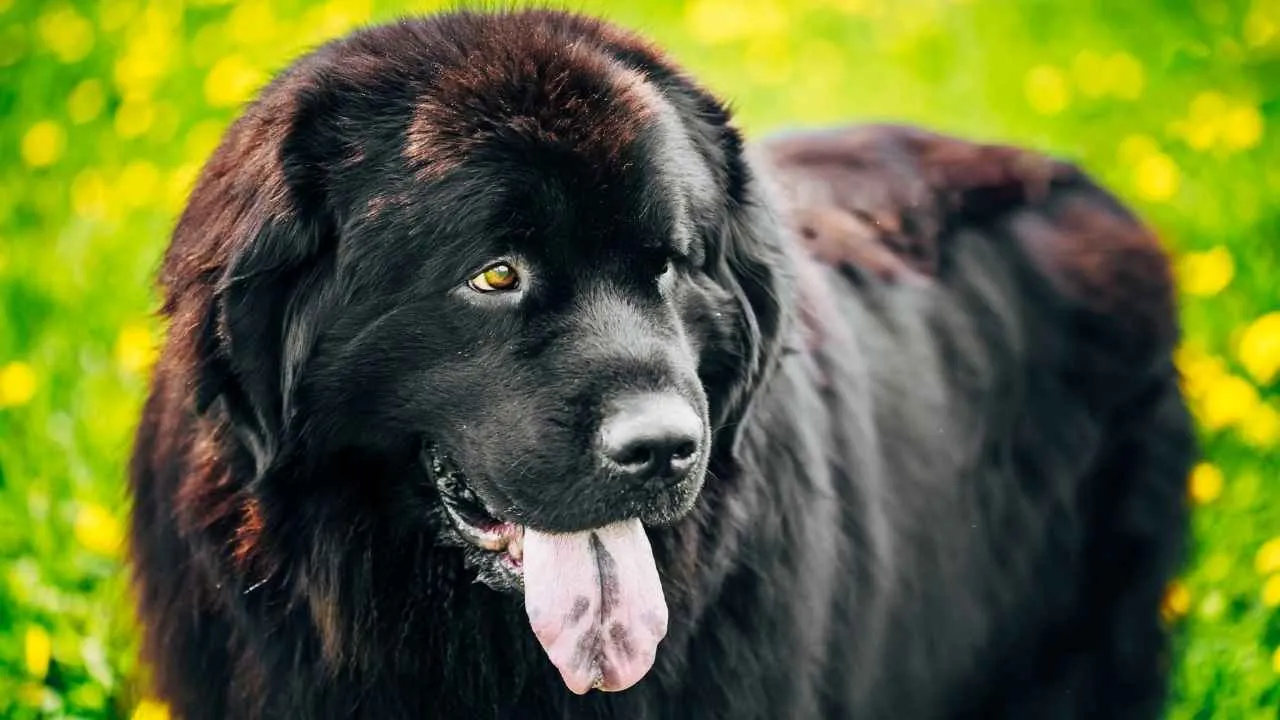
At first glance, a Newfoundland might seem lazy—they’re massive, slow-moving, and often asleep. But don’t be fooled. These gentle giants are built for work.
Whether pulling nets, hauling loads, or diving into freezing water for a rescue, they’ve got the muscle and the heart. All that effort needs recovery time, so Newfoundlands sleep deeply and often to stay balanced.
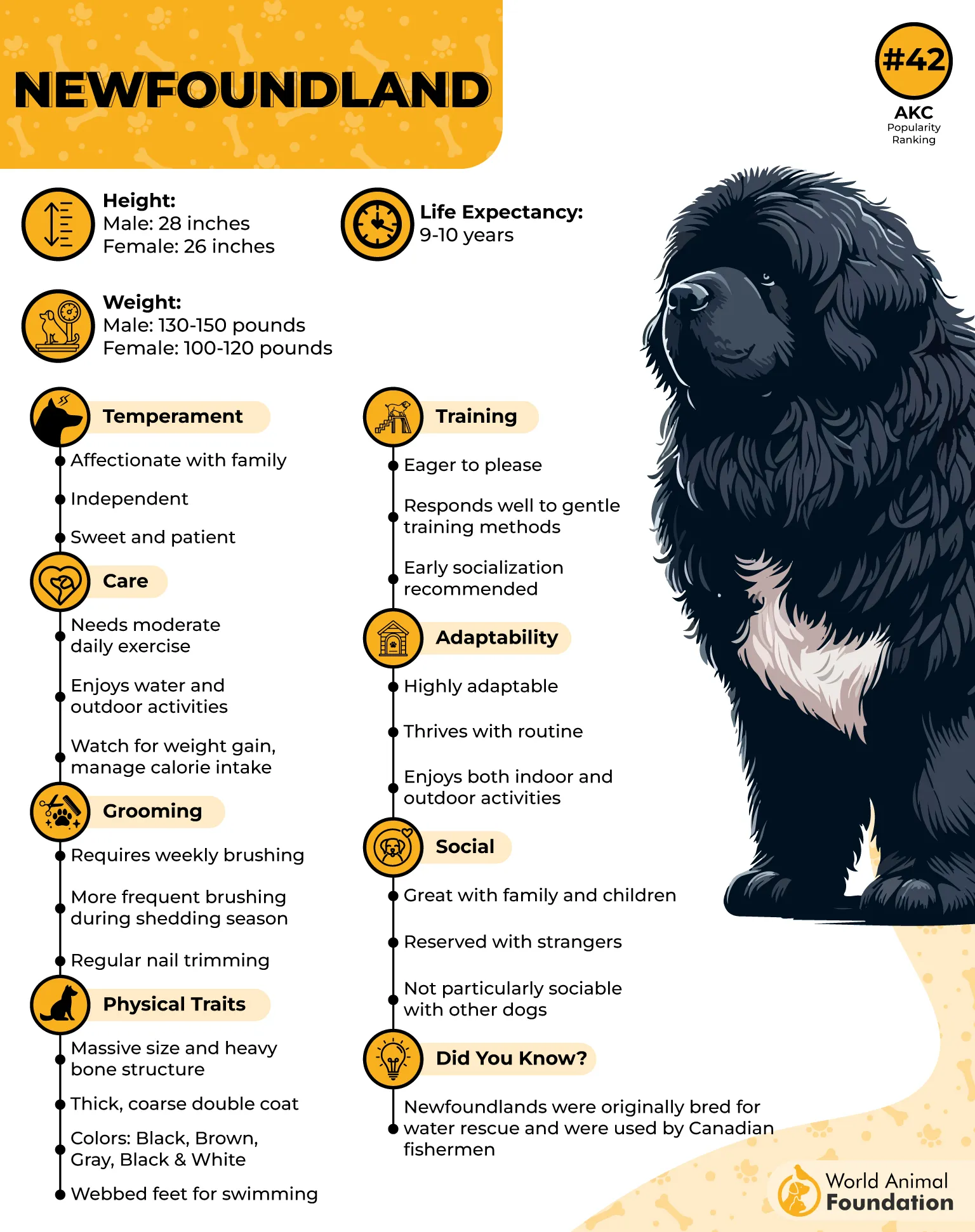
They’re one of the largest dog breeds out there, but also one of the calmest. Newfies enjoy the quiet life—lounging around, soaking up affection, and taking their time waking up in the morning. They’re incredibly patient and sweet-natured, making them ideal for families.
According to PetMD, they were bred in Newfoundland, Canada, as important working dogs for fishermen.
Natural swimmers, often used in water rescues thanks to their strength and instinct.
Webbed feet enhance swimming ability and make them uniquely suited to aquatic tasks.
Thick, water-resistant double coat helps them thrive in cold, wet environments.
Require space and grooming, but are low-key indoors and happy to lounge.
7. Mastiff
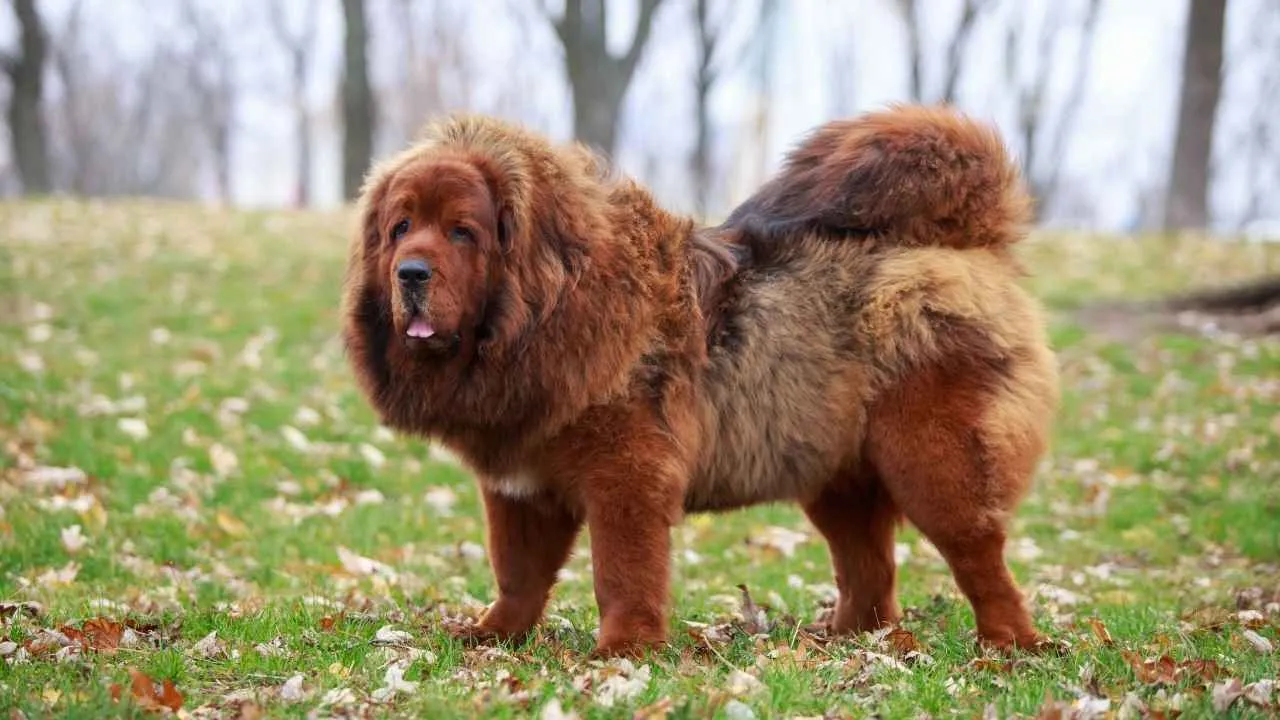
The Mastiff doesn’t just like to sleep—this big dog needs it. They may come off as lazy, especially as they get older, but Mastiffs are purposeful in how they conserve energy. They’re not a high-energy breed by design—they were built for power, not speed.
And while they don’t need much exercise, they do need mental stimulation and consistency. Give them structure, and they’ll learn quickly who’s family and what’s worth protecting. Whether it’s a short walk or guarding the house, everything takes more effort when you’re carrying around 200+ pounds.
Massive, muscular build that demands serious recovery time between activities.
Recognizable by their wrinkled faces, heavy jowls, and wide-set eyes.
Protective instincts without being overbearing—excellent watchdogs.
Not overly vocal, but will make themselves heard when it matters.
Despite their imposing look, they’re often gentle giants at heart.
8. Shih Tzu
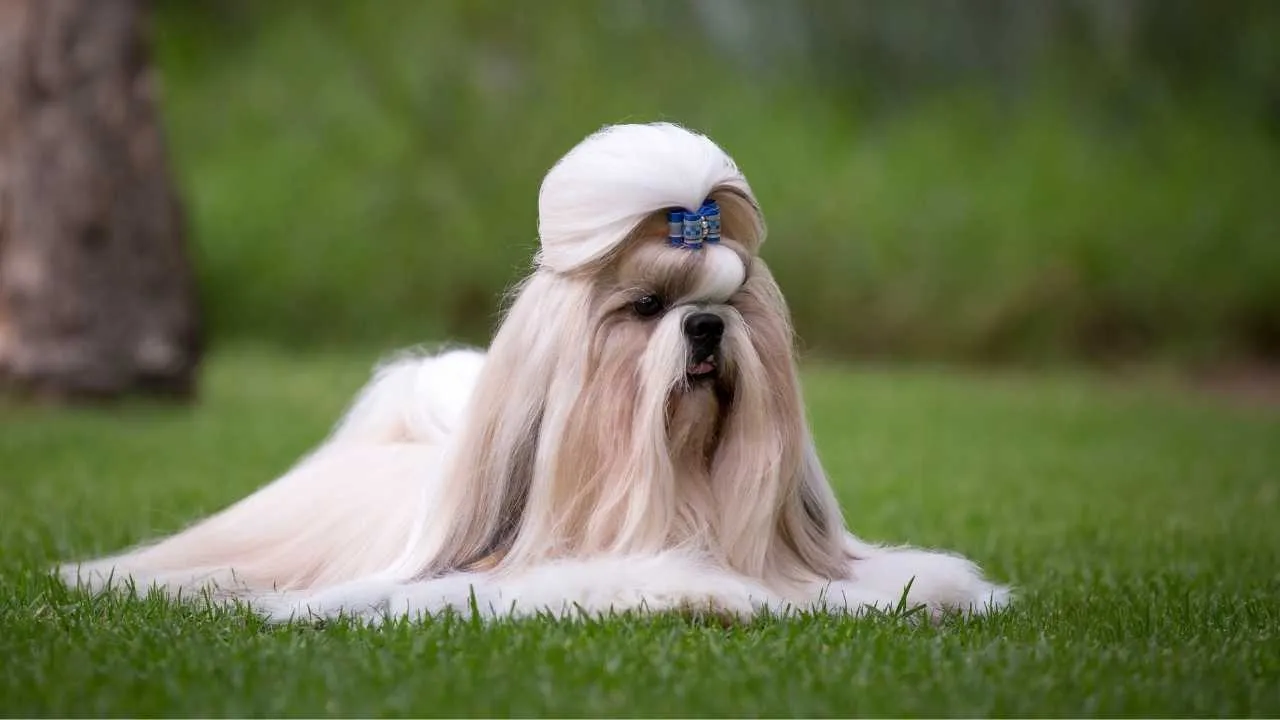
Shih Tzus don’t just nap—they gloriously lounge. This small breed is all about keeping close to their favorite people, whether curling up on your lap, settling in at your feet, or quietly dozing right beside you on the same couch or spot. They’re not attention-hungry, just deeply content being near you, especially if it involves a cozy nap.
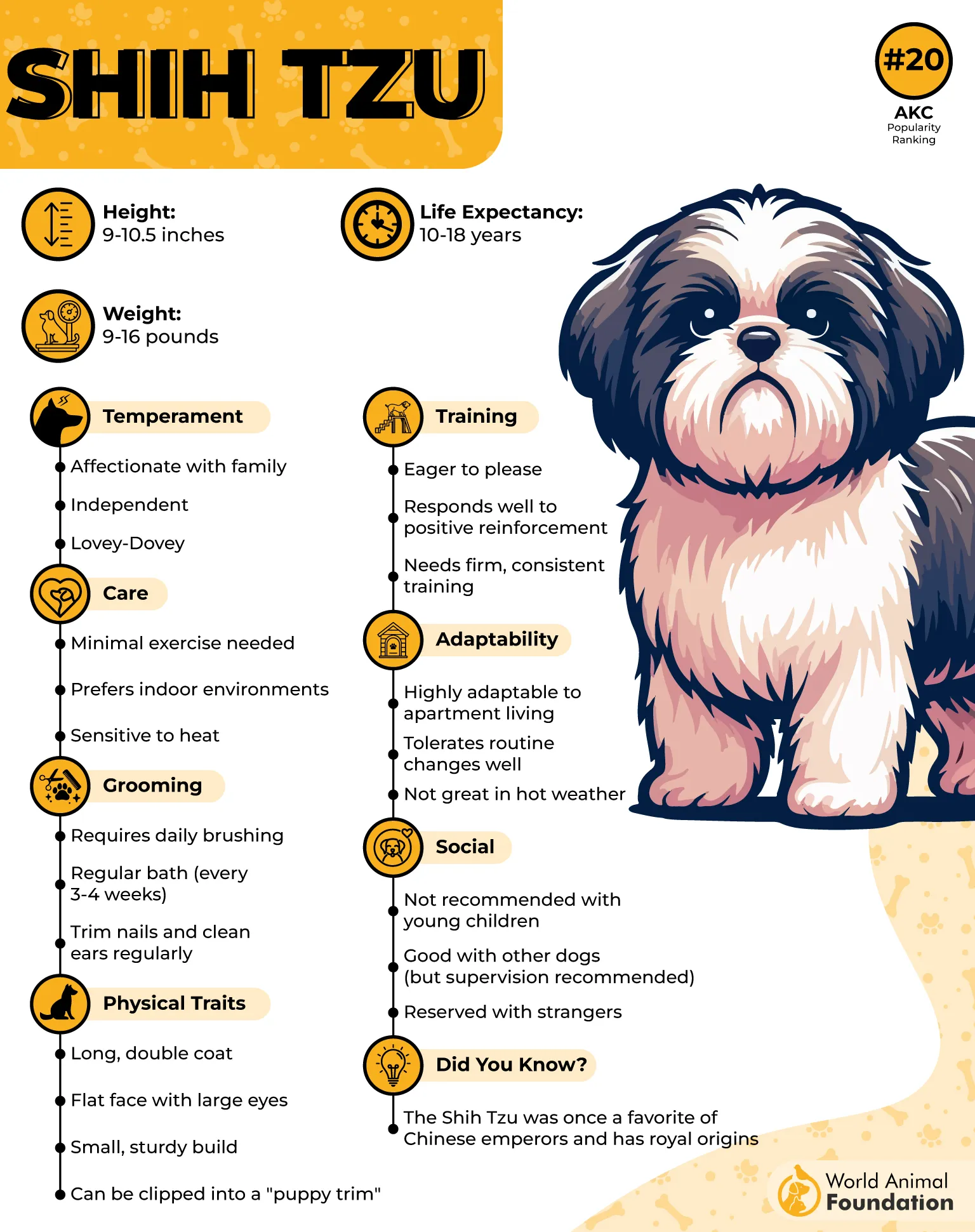
This breed has a royal history, and they still carry themselves like little emperors. The name “Shih Tzu” translates to “lion dog” in Mandarin, but don’t expect any roaring. These pups are gentle, affectionate, and easygoing.
Long, flowing double coat that needs regular brushing or trimming to stay neat.
Distinctive “chrysanthemum” face—fur radiating from the muzzle with an optional topknot flair.
Originally bred as lap dogs for Chinese royalty, they’ve kept their regal charm.
Came dangerously close to extinction in the early 1900s—today’s Shih Tzus all descend from just a handful of dogs.
9. Pekingese
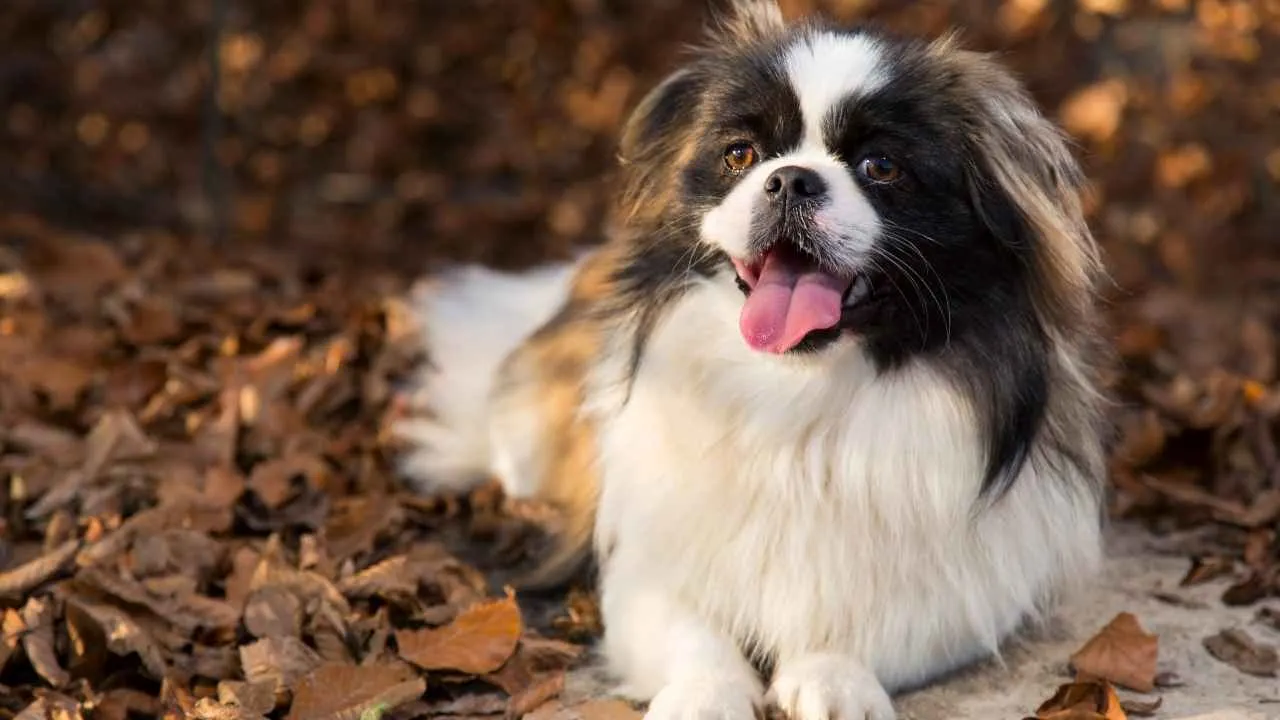
The Pekingese is the definition of a royal napper. This breed doesn’t rush for anything—not playtime, not meals, and not morning wake-ups. They’re perfectly content spending most of the day curled up in a soft spot, quietly snoozing. Rest isn’t just a habit for them—it’s part of their royal routine.
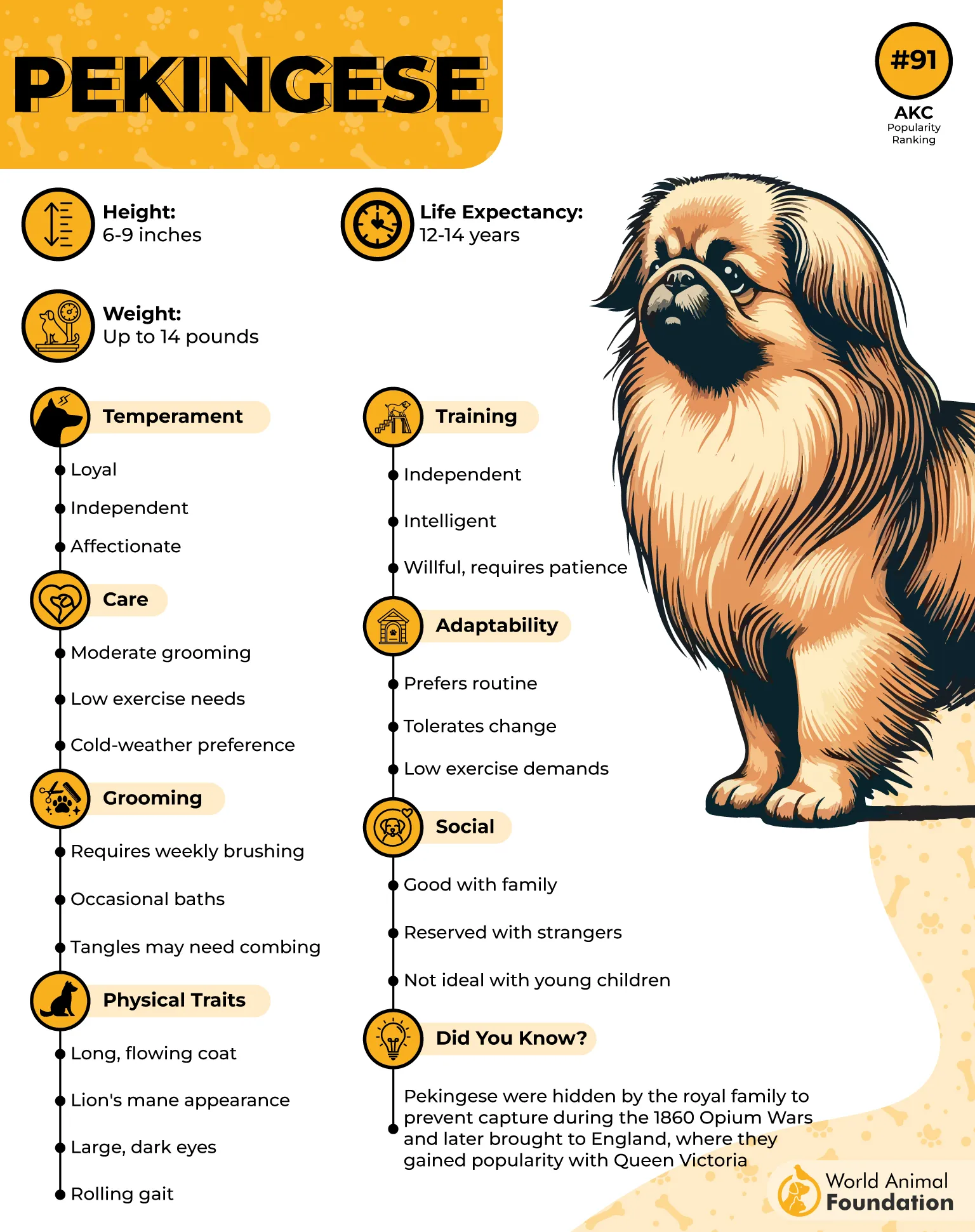
They love their people, but on their terms. You’ll often find them perched like a little emperor, observing the room with a calm confidence. Sure, they enjoy cuddles, but they also enjoy choosing when those cuddles happen.
Distinct flat face and wide-set eyes—iconic and expressive.
Originally bred in China for nobility and kept as sacred companions.
Compact and low to the ground, with a rolling, lion-like gait.
Can be stubborn with training, but responds to patience and consistency.
Excellent choice for quieter homes, older adults, or anyone who appreciates a couch-loving companion.
10. Chow Chow
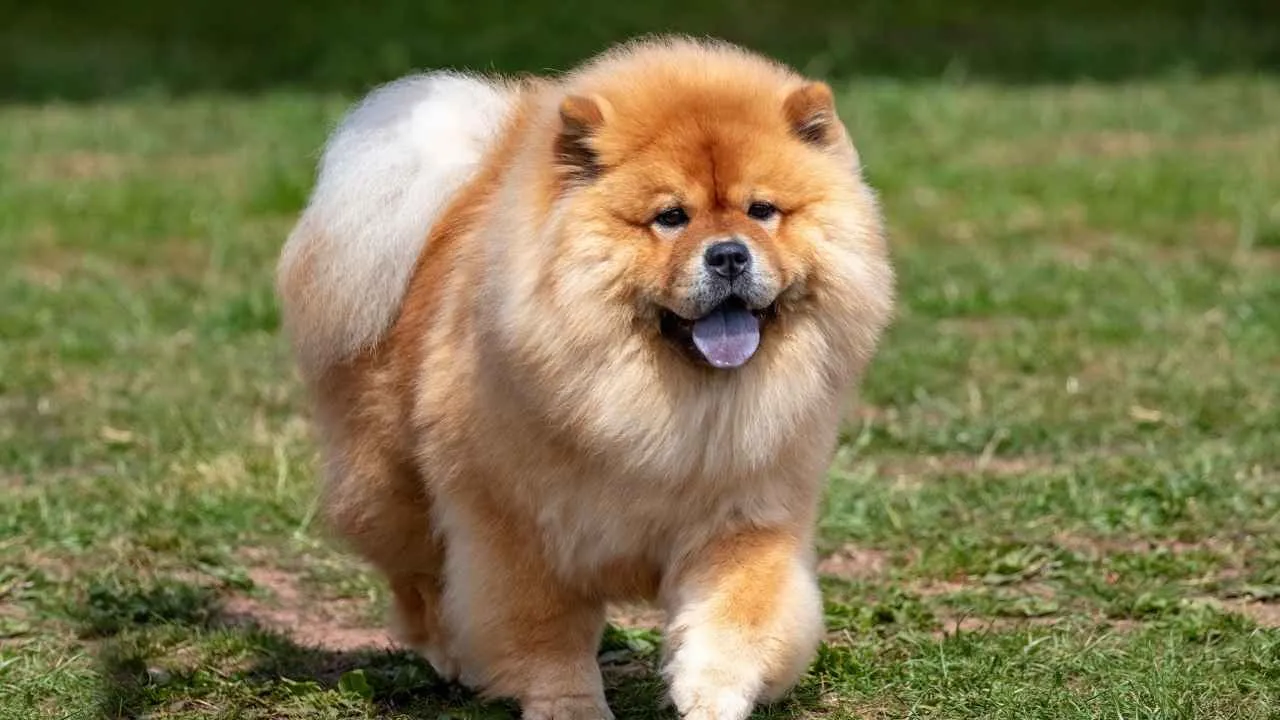
The Chow Chow is a majestic, low-key companion that values solitude almost as much as a good nap. Known for their independent streak and regal posture, they’re not the type to follow you from room to room or beg for constant attention.
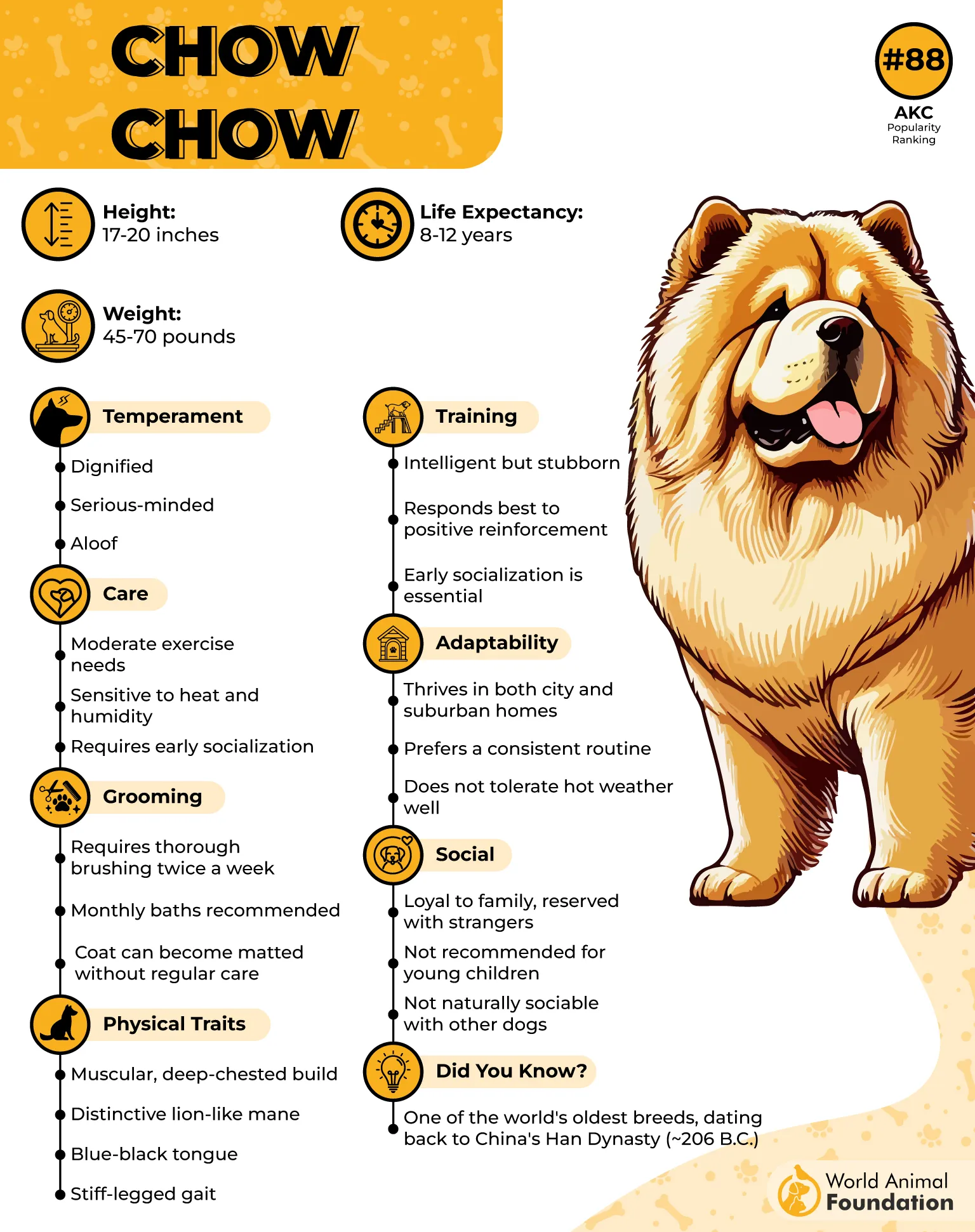
Their heavy fur coat and serious expression give them a noble, almost aloof demeanor, but don’t be fooled.
These dogs are deeply loyal to their families, even if they’re not overly demonstrative about it. When they’re not on alert, you’ll likely find them curled up in a favorite spot, completely zoned out in deep sleep.
The Chow Chow’s blue-black tongue is one of the breed’s most unique and recognizable features.
They walk with a stiff-legged gait, which gives them a distinctive, almost aloof posture.
Chow Chows come in two coat types: rough and smooth, both equally dense and plush.
They are available in multiple coat colors, including red, black, blue, cinnamon, and cream.
These dogs are known for being independent and aloof, often keeping to themselves rather than seeking constant attention.
Conclusion
Whether you’ve got a furry companion who curls up by the window each afternoon or a giant snoozer who claims the couch as their throne, some dogs just love sticking to their favorite napping spots.
It’s often part of what makes that same breed so charming—predictable, loyal, and just a little bit stubborn. If you’re ready to bring home a dog who values routine and relaxation, any of these breeds could be a great choice. Just don’t expect them to share their spot.


